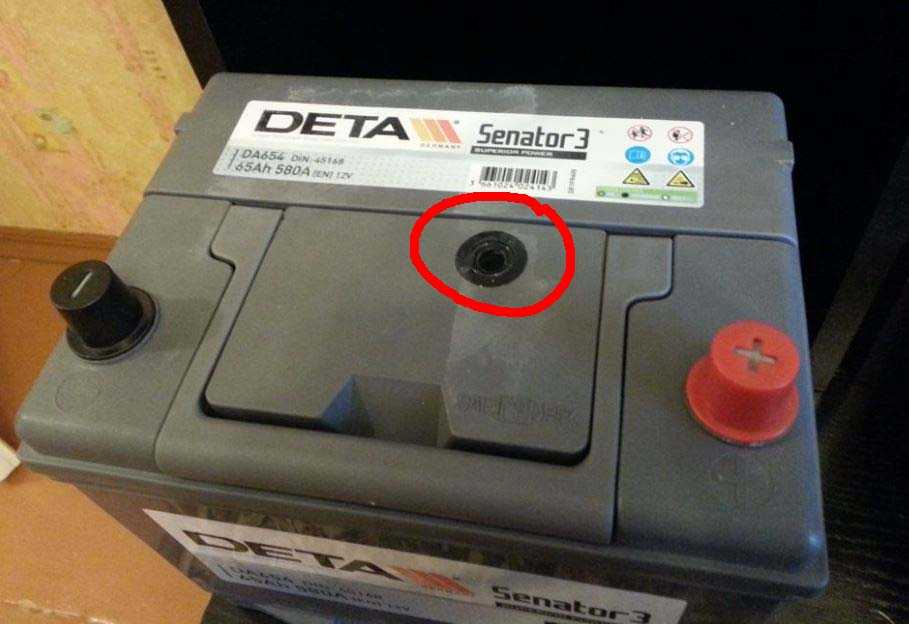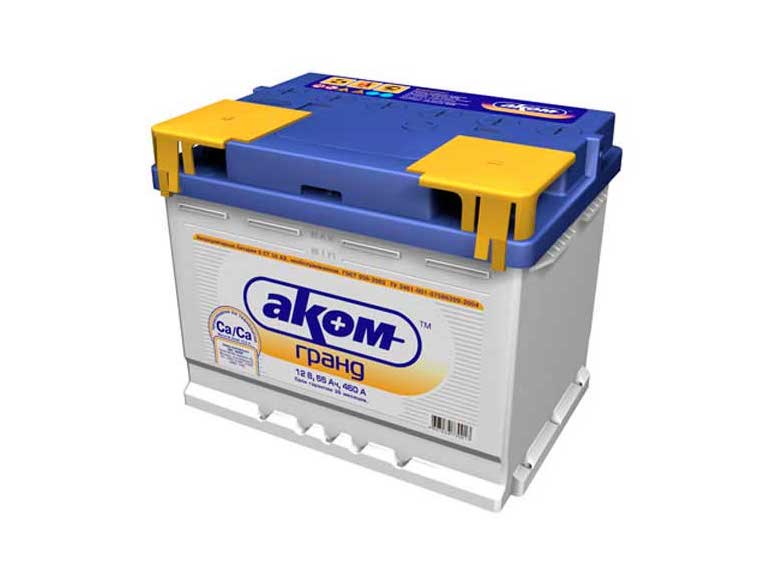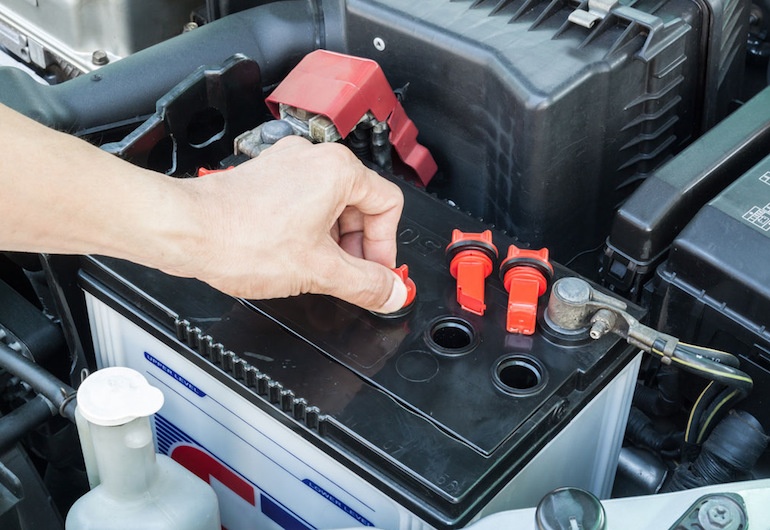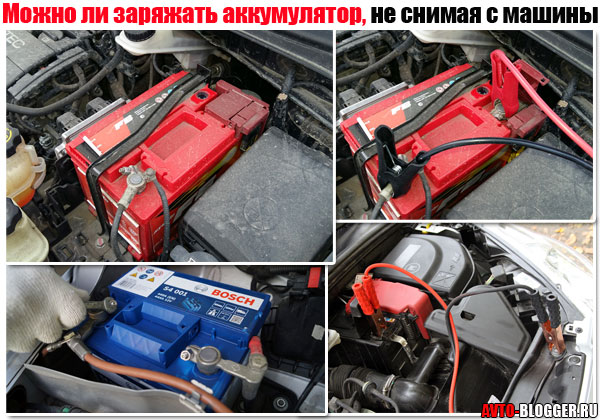
Can a maintenance-free battery be charged?
On sale you can find three types of batteries: serviced, semi-serviced and maintenance-free. The first variety is practically no longer produced, but its plus was that the owner has access to all the “insides” of the battery, can not only check the density and electrolyte level, add distilled water, but also replace the plates.
Semi-serviced batteries are the most common today. Their main advantages:
- plugs are easy to remove;
- you can check the electrolyte level and add water;
- it is easy to control the charging process - for this it is enough to wait for the moment when the electrolyte starts to boil.
But the minus of this type of starter batteries is low tightness - electrolyte vapors constantly exit through the valves in the plugs and you have to regularly add distilled water. It is also worth noting that it is this type of battery that is widely represented on sale, and the price level ranges from economy to premium class.

Maintenance-free batteries: design and their advantages
In recent years, more and more manufacturers are starting to produce maintenance-free batteries. They are installed in 90 percent of cases on new cars, especially those made in the EU, Japan and the USA. We have already talked about the features of this type of battery on our vodi.su portal. Inside the cans of maintenance-free batteries, as a rule, there is not the usual liquid electrolyte, but a gel based on polypropylene (AGM technology) or silicon oxide (silicone).
Advantages of these batteries:
- electrolyte losses through evaporation are minimized;
- more easily tolerate strong vibrations;
- longer service life;
- do not lose the charge level even at sub-zero temperatures;
- virtually maintenance free.
Of the minuses, the following points can be distinguished. First of all, with the same dimensions, they have less starting current and capacitance. Secondly, their weight exceeds the weight of conventional serviced lead-acid batteries. Third, they cost more. It is not necessary to lose sight of the fact that maintenance-free batteries do not tolerate a full discharge very well. In addition, substances harmful to the environment are contained inside, so gel and AGM batteries must be recycled.
Why do maintenance-free batteries drain quickly?
Whatever the advantages of a car battery, discharge is a natural process for it. Ideally, the energy that was expended to start the engine is compensated during the movement by the generator. That is, if you make regular trips over long distances, while driving at a constant speed, then the battery is charged to the required level without any outside interference.
However, residents of large cities use cars mainly to travel through crowded streets, with all the ensuing consequences:
- the average speed in metropolitan areas does not exceed 15-20 km/h;
- frequent traffic jams;
- stops at traffic lights and crossings.
It is clear that in such conditions the battery does not have time to charge from the generator. Moreover, many cars with automatic, manual and CVT transmissions are equipped with systems such as the Start-Stop System. Its essence is that during stops the engine is automatically turned off, and the power supply to consumers (radio tape recorder, air conditioning) is supplied from the battery. When the driver presses the clutch pedal or releases the brake pedal, the engine starts. On cars with a Start-Stop system, starters are installed that are designed for more starts, but the load on the battery is really big, so over time the question arises: is it possible to charge maintenance-free batteries.

Charging a Maintenance-Free Battery: Process Description
The ideal charging option is to use automatic charging stations that do not require supervision. The device is connected to the battery electrodes and left for a certain time. As soon as the battery level reaches the desired value, the charger stops supplying current to the terminals.
Such autonomous charging stations have several charging modes: constant voltage current, slow charging, Boost - accelerated charging at high voltage, which takes up to one hour.
If you use a conventional charger with an ammeter and voltmeter, the following guidelines must be followed when charging a maintenance-free battery:
- calculate the battery discharge level;
- set 1/10 of the current from the battery capacity - 6 amperes for a 60 Ah battery (recommended value, but if you set a higher current, the battery can simply burn out);
- voltage (voltage) is selected depending on the charging time - the higher, the sooner the battery will be charged, but you can not set the voltage above 15 volts.
- from time to time we check the voltage at the battery terminals - when it reaches 12,7 volts, the battery is charged.
Pay attention to this moment. If recharging is done in a constant voltage supply mode, for example 14 or 15 volts, then this value may decrease as it charges. If it drops to 0,2 volts, this indicates that the battery is no longer accepting a charge, so it is charged.
The discharge level is determined by a simple scheme:
- 12,7 V at the terminals - 100 percent charged;
- 12,2 - 50 percent discharge;
- 11,7 - zero charge.

If a maintenance-free battery is often completely discharged, this can be fatal for it. It is necessary to go to the service station and carry out diagnostics for current leakage. As a preventive measure, any battery - both serviced and unattended - must be charged with low currents. If the battery is new, just like the battery of a smartphone or laptop, it is recommended to charge it - ideally, drive a long distance. But charging in Boost mode, that is, accelerated, is recommended only in exceptional cases, as it leads to rapid battery wear and plate sulfation.
Loading…
